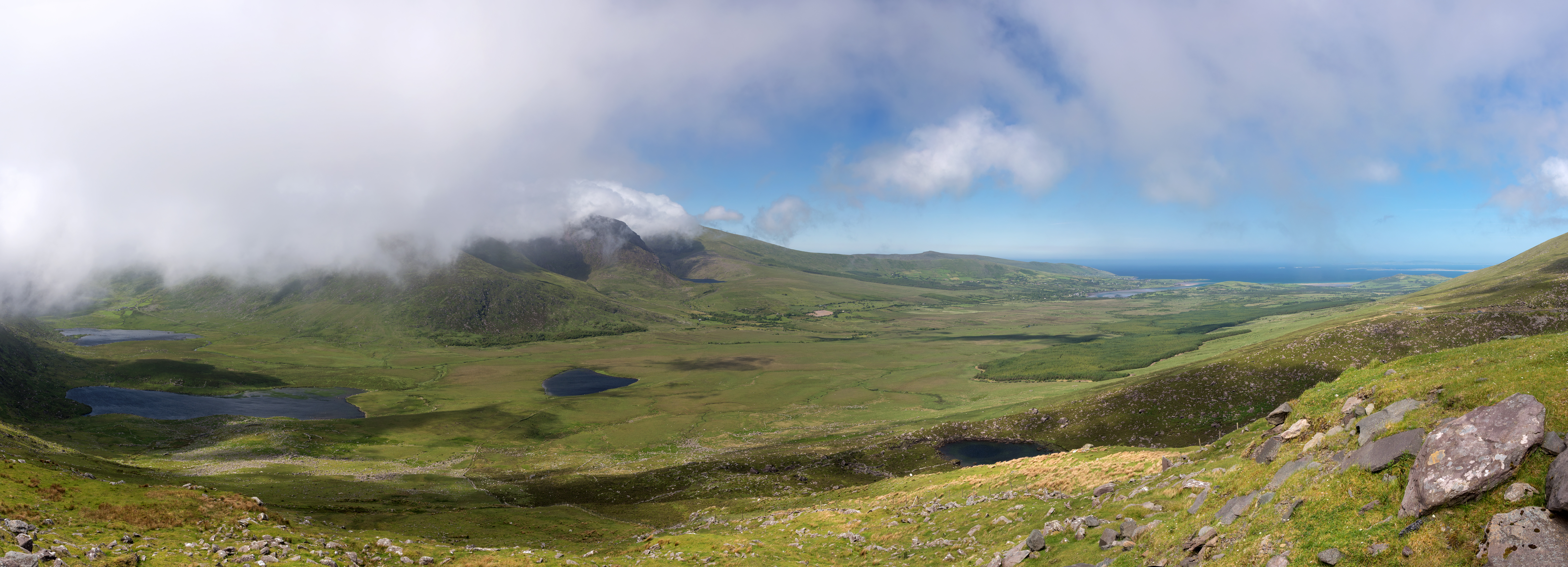Restoration Science Relevant for Action – By Vicky Bowskill
BLOG
 23-24 September 2019, Newport Pagnell
23-24 September 2019, Newport Pagnell
This meeting was organised by the Royal Society, featuring a hand-picked line-up of expert speakers on restoration science, representing institutions from across the globe. The audience included scientists, journalists, policy makers and practitioners and the aim of the event was to connect these different disciplines and draw out an emergent research agenda to shape a more unified approach to advancing this important area of research. The meeting was held in the historic setting of Chicheley Hall, Newport Pagnell, which has been owned by the Royal Society since 2009.
The two-day event was split into three themed speaker sessions, with the final afternoon focussing on exploring shared research priorities, building towards a special BES e-journal of collaborative papers on the various priorities identified during the event. This research framework will be set in the context of the upcoming UN Decade of Environmental Restoration (2021-30).
The first session, The Machine, looked at the complex spatial and temporal dynamics at play in restoration science. Speakers looked at how concepts of practice and restoration can best adapt to rapid social and environmental change in increasingly invaded ecosystems. For example, we could work on better understanding the functional traits of species, rather than whether species are native, in a world where species migration will become more common. We also need to be more aware of how we communicate the uncertainties and ‘messiness’ inherent in our ecological predictions to decision makers and the public to avoid confusion, or the appearance that experts simply disagree. Context is all important and the answer to most ecological questions tends to begin with: “Well, it depends…”.
The second session, The Ghost in the Machine, examined the shifting human baselines that influence these natural systems. There is a need to better understand the role people play in ensuring successful restoration projects. I was particularly interested in the idea of applying a restoration approach to reconnecting people and nature. What does this connection look like (in the UK? In other countries?) and what metrics could we use to build a model? It can be easier to tell when this connection is not working, than when it is. When choosing restoration interventions, we need to understand the trade-offs and explore whether there always needs to be a ‘price’ (such as loss of productive land), or whether there can truly be win-wins. Communicating these factors to other stakeholders is a vital part of the process, with evidence showing that restoration measures are more likely to be successful in the long term where local populations have been engaged and benefit from the restoration project. We often deal with matters of scale in ecology (e.g. habitat, ecosystem, landscape), but there are also scales of knowledge, with some stakeholders experiencing nature on the very local (their garden or local park), through hobbies, livelihoods or their professions. We need to be able to communicate effectively across these scales.
The third session, The Machine Breaks, focussed on the shifting environmental baselines presented by our changing climate and the need for ongoing adaptation. There was consensus that restoration is a journey that needs to be open, flexible and dynamic – we can’t always predict exactly what the outcome will look like (e.g. which specific vegetation community we will achieve) and there is often more than one outcome that could be considered ‘successful’. However, this can lead to problems with metrics used to assess the success of an intervention, so we need better ways to help policy makers and funders understand the need for this apparent ambiguity and allow for dynamic management of restoration projects. There is also a need to be able to communicate what doesn’t work to reduce the amount of funding and time that is wasted on actions that are unlikely to be effective.
The collaborative energy and knowledge exchange during the event were inspiring and after a day and half of fascinating talks and extended discussions, workshops teased out the shared research priorities that will be further developed by the Royal Society and published by the BES. Recordings from the event will be made available on the event page soon. Look out for a further report on the meeting and its outcomes in the December issue of In Practice by James Hicks MCIEEM, who is a Senior Ecologist for Atkins and sits on the committee of CIEEM’s Ecological Restoration and Habitat Creation SIG.
By Vicky Bowskill, PhD Student at the Open University
Blog posts on the CIEEM website are the views and opinions of the author(s) credited. They do not necessarily represent the views or position of CIEEM. The CIEEM blog is intended to be a space in which we publish though-provoking and discussion-stimulating articles.
